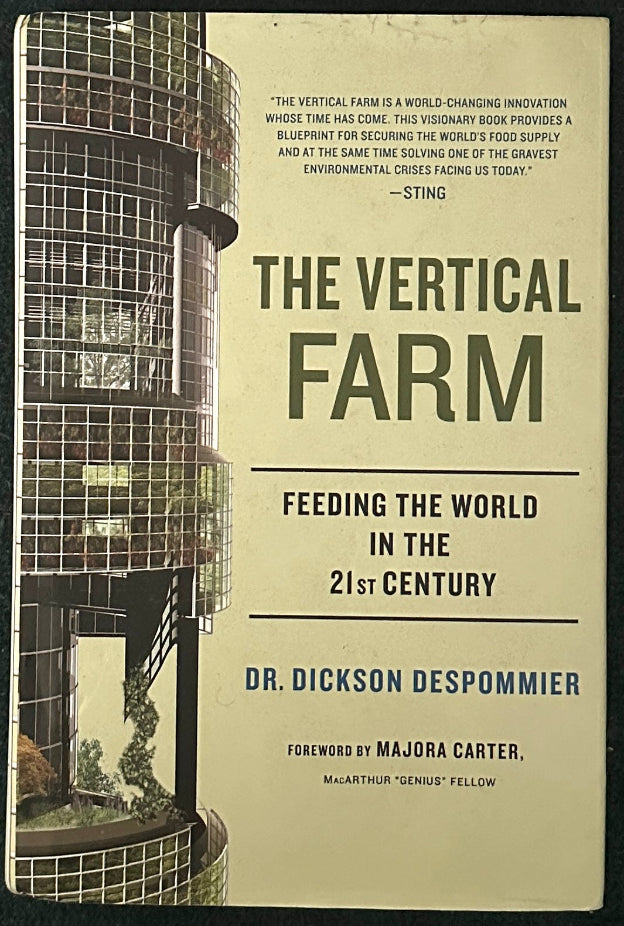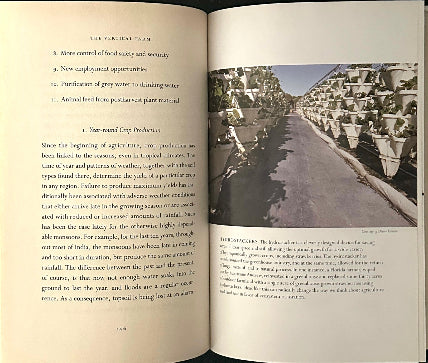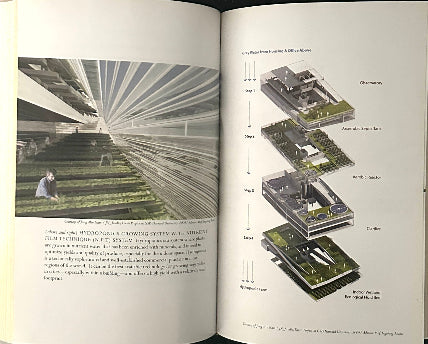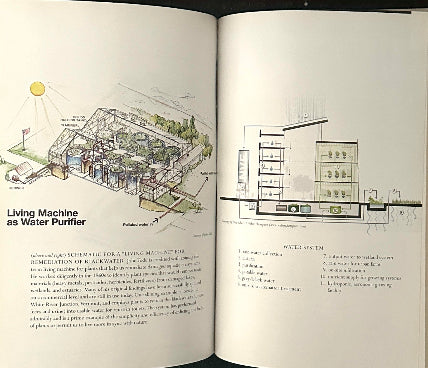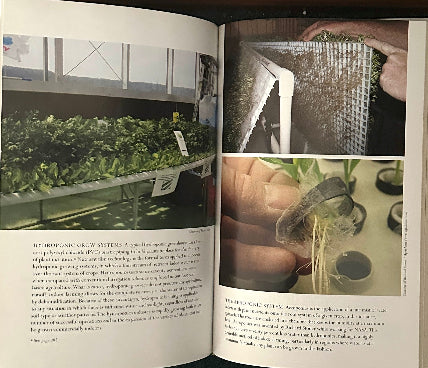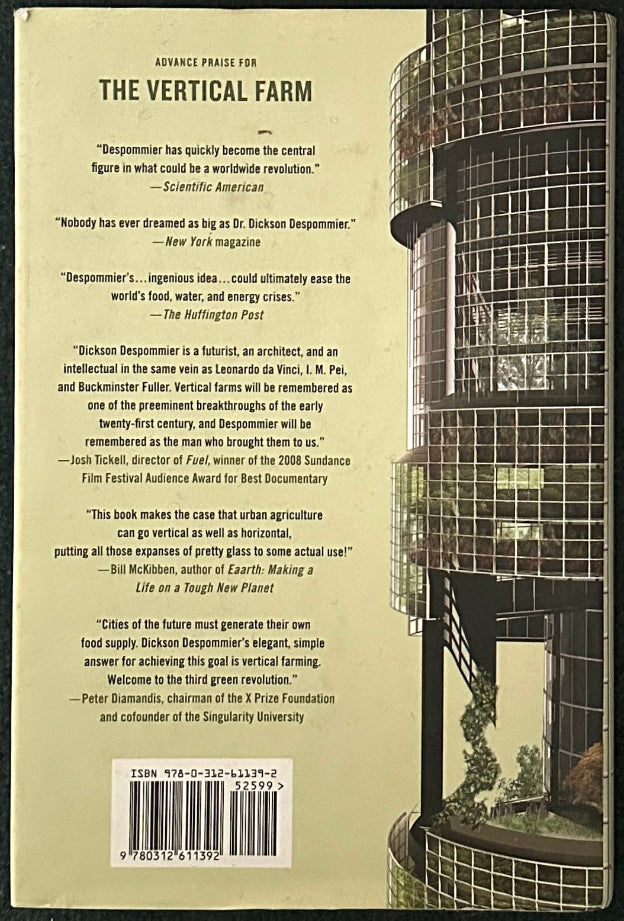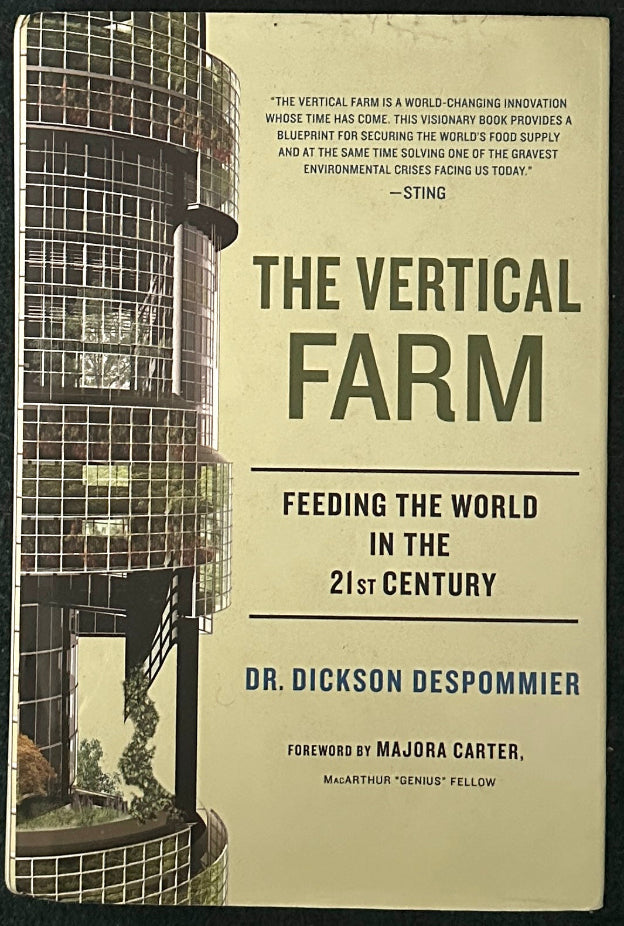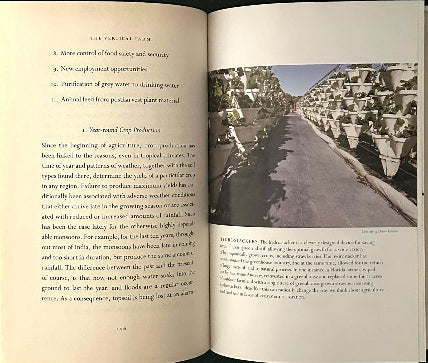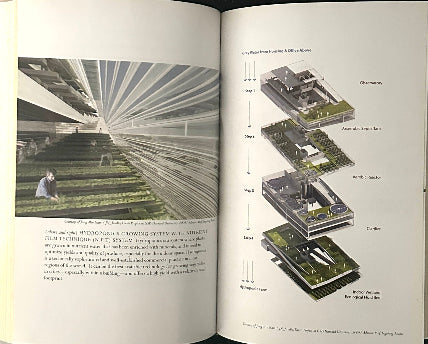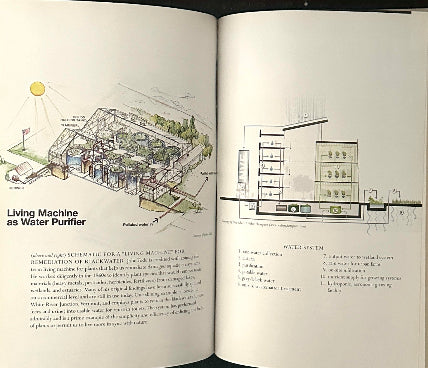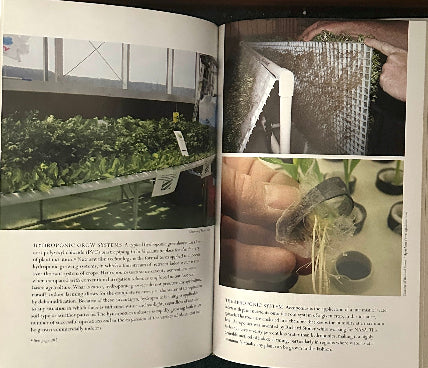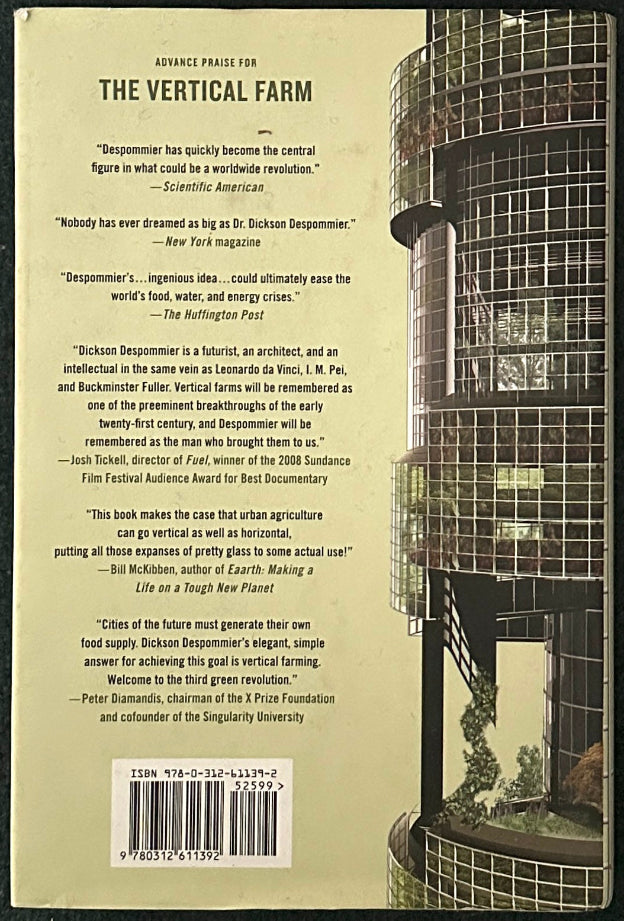The Vertical Farm: Feeding the World in the 21st Century
The Vertical Farm: Feeding the World in the 21st Century
Couldn't load pickup availability
可能な限り安全な方法で栽培され、一滴の水も一粒の光も無駄にすることなく、エレベーターに乗るだけで自然の食料品店に行くことができる垂直農法(Vertical Farm)。コロンビア大学のディクソン・デスポミエDickson Despommie教授がアメリカの食糧、水、エネルギーの危機を解決しようと構想した垂直農場は、世界中の科学者、建築家、政治家を驚かせた
垂直農法は、以下を可能にするという:
- 1日24時間、1年365日、食料を栽培する。
- 予測不可能で有害な天候から作物を守る
- 屋内環境から回収した水を再利用
- 住民に仕事を提供する
- 農薬、肥料、除草剤の使用をなくす
- 化石燃料への依存を大幅に減らす
- 輸送や保管による作物の損失を防ぐ
- 農作物の流出を防ぐ
垂直農場は、廃墟や空き地を利用して建設することができ、我々の都市を、新鮮な食料がすぐ近くで栽培・収穫される都市景観へと変貌させることができる。おそらく、垂直農場の最も重要な側面は、耕作可能な土地がほとんどない、あるいはまったくない国々でも建設が可能であり、現在農業が不可能な国々を食料生産大国へと変貌させることができるという点。
Vertical farming is a method of cultivation that uses the safest methods possible, and does not waste a single drop of water or grain of light.
The vertical farm, which was conceived by Columbia University professor Dickson Despommie in an attempt to solve America's food, water and energy crises, has surprised scientists, architects and politicians around the world.
Vertical farms will allow us to:
- Grow food 24 hours a day, 365 days a year
- Protect crops from unpredictable and harmful weather
- Re-use water collected from the indoor environment
- Provide jobs for residents
- Eliminate use of pesticides, fertilizers, or herbicides
- Drastically reduce dependence on fossil fuels
- Prevent crop loss due to shipping or storage
- Stop agricultural runoff
Vertical farms can be built on abandoned or vacant land, transforming our cities into urban landscapes where fresh food is grown and harvested nearby. Perhaps the most important aspect of vertical farms is that they can be built in countries with little or no arable land, transforming countries that are currently unable to farm into major food producers.
Dickson Despommier
Thomas Dunne Books
2010(FIrst Edition, Hard cover)
24 x 16.3 x 3.0 cm
305 pages
Share
